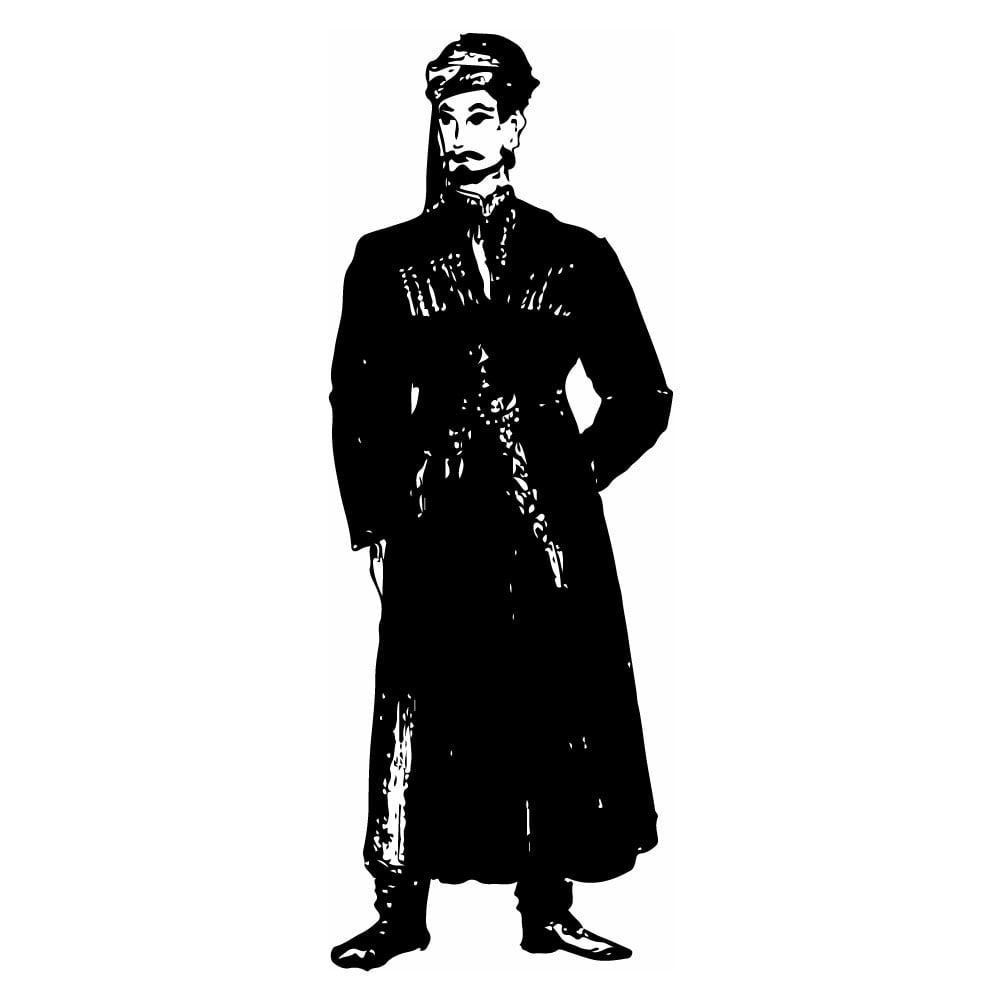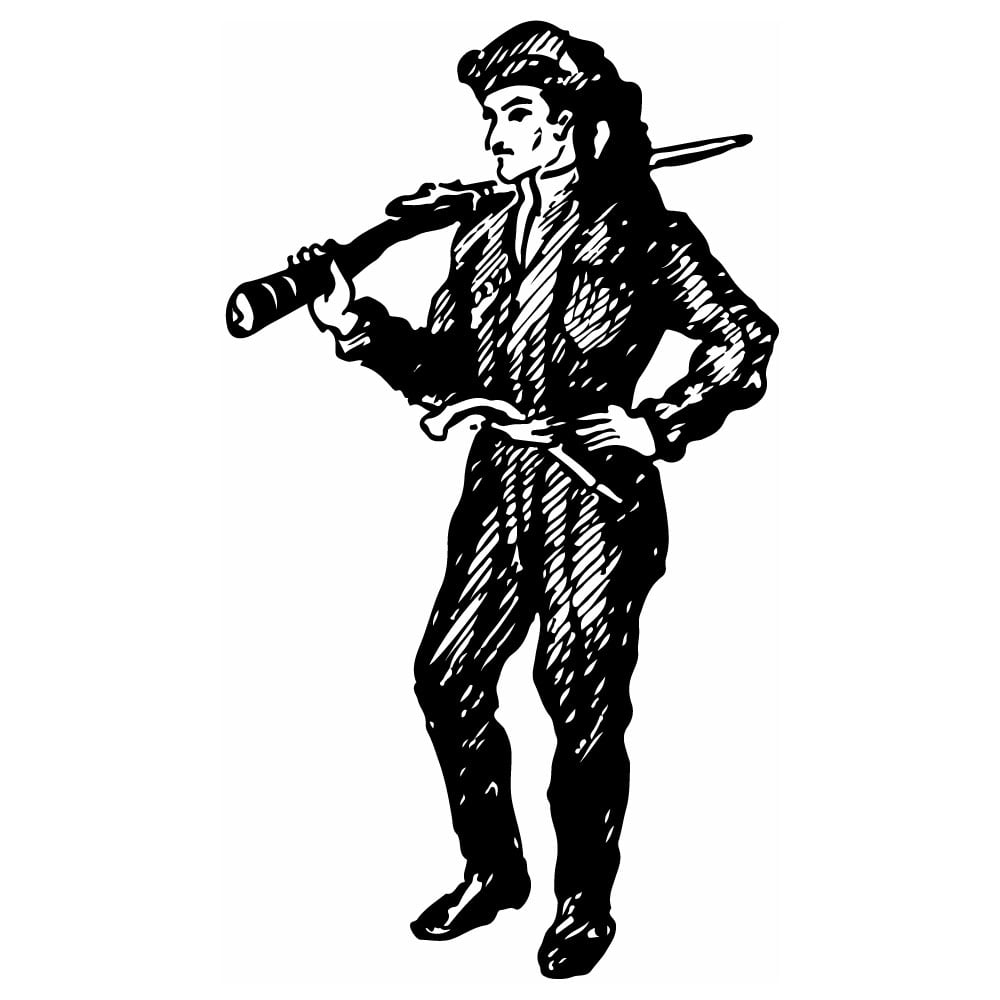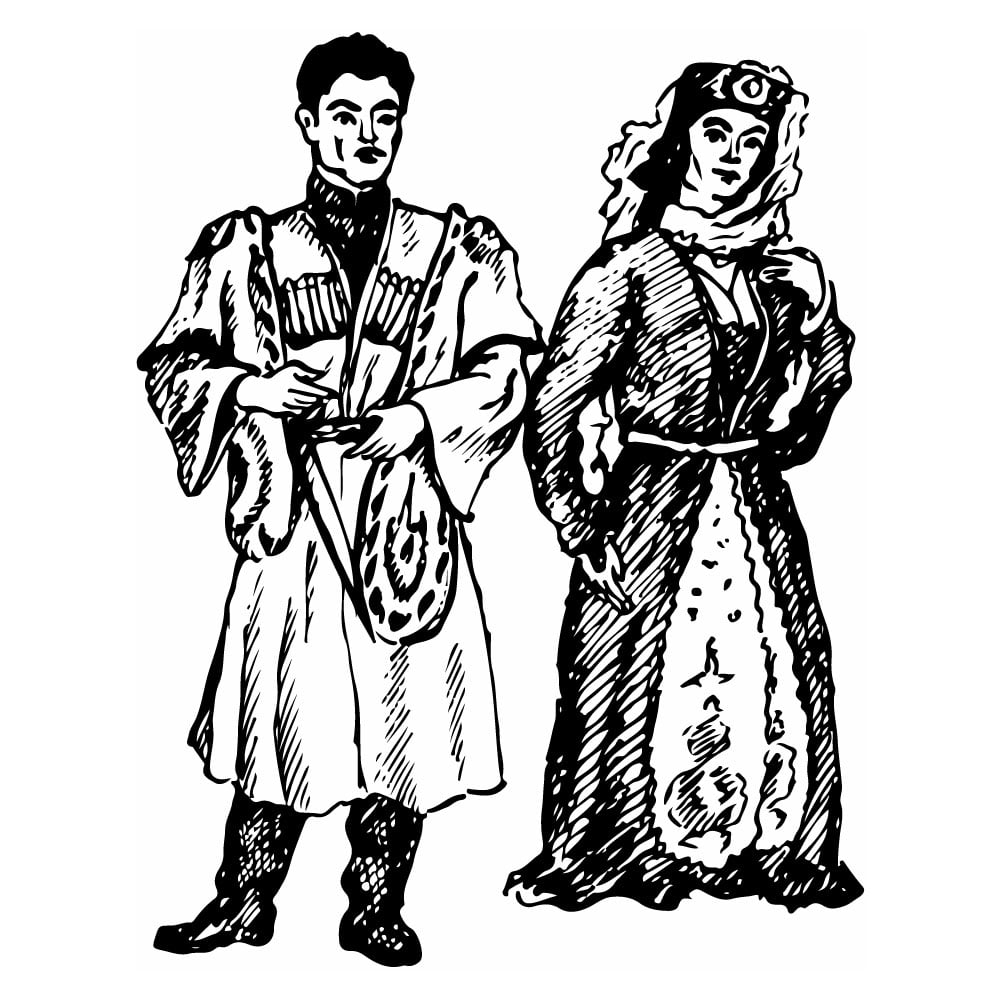Ossetins
| Population | 661,000 |
| Language group | Iranian languages |
| Language | Ossetin |
| Region | North and South Ossetia, Georgia, the Kabardino-Balkar Autonomous Republic, Stavropol Territory |
| Religion | Islam/Sunnite |
*Population estimates for 1994
The Ossetins are one of the oldest Caucasian peoples. They call themselves the Irons and those living in the valleys of the Urukh River call themselves the Digorons. The Alan nationality inhabiting the plain parts of North Ossetia and local Caucasian nationalities are considered to be the ancestors of the present Ossetins. After the newcomer Iranian speaking tribes (the Alans, Scythes, and Sarmats) settled there, the local population took their language and many cultural features. The newly formed firm alliance between the Alans and the Ossetins started the formation of the Ossetins. In the thirteenth century, this alliance was destroyed by the Mongol-Tatar conquerors and it did not finish until the end of the fifteenth century. After the invasion of the Mongol-Tatars and other conquerors, the Alans were driven from the plains to mountain ravines. Part of them moved to the southern slopes of the Greater Caucasus where they still live now.
The Ossetin language belongs to the northeastern group of the Iranian languages. It has also experienced the influence of the Caucasian languages. The foundation of the literary language was the Iranian dialect spoken by the majority of the Ossetins. The alphabet and the written language were based on Russian script.
The Ossetins, like other Caucasian peoples, preserve and develop their traditions, customs, and holidays. The national epic is well-known, especially the Nart legends, tales, proverbs, and songs that depict century-long history of the Ossetin people.
By the complexion the Ossetins do not differ much from other Caucasian peoples.
National elements of Ossetin clothes are best preserved in men’s costume. They wear papakhas (tall Caucasian hats usually made of sheepskin). One can frequently come across a shirt of Caucasian cut with a high stand-up collar, girded with a leather girdle with silver trimming, and high Caucasian boots. The national clothes can be seen mainly on holidays. On the whole, women wear modern dresses.
Ossetin creative art is characterized by highly emotional folk-dances and original songs accompanied by national musical instruments.
The Ossetins are famous for their stone and wood carving, metal engraving, and embroidery. In some mountainous villages, one can still find furniture and dishes with national patterns.
In everyday life, the Ossetins preserve their old traditions. Wedding parties are usually noisy and crowded. As a rule, the celebration starts in the bride’s house and finishes at the fiancee’s. The fiancees still present their brides with dress length, footwear, and other items.
For centuries the Ossetins have been contacting with Georgians and other neighboring peoples. Most of the Ossetins professed Christianity that penetrated from Byzantine Empire and later from Georgia in the sixth and seventh centuries. There are few who follow the Islam ideas (penetrated into Ossetia in the seventeenth-eighteenth centuries). The official religion was very often accompanied with considerable pagan creeds and traditions. At present most of the Ossetins profess Islam (Sunnite branch).
This is Ad 1




























